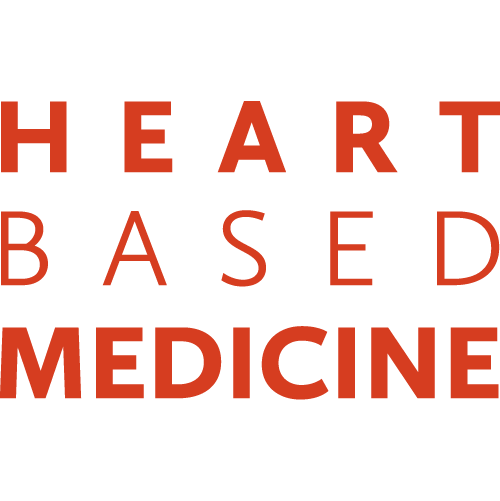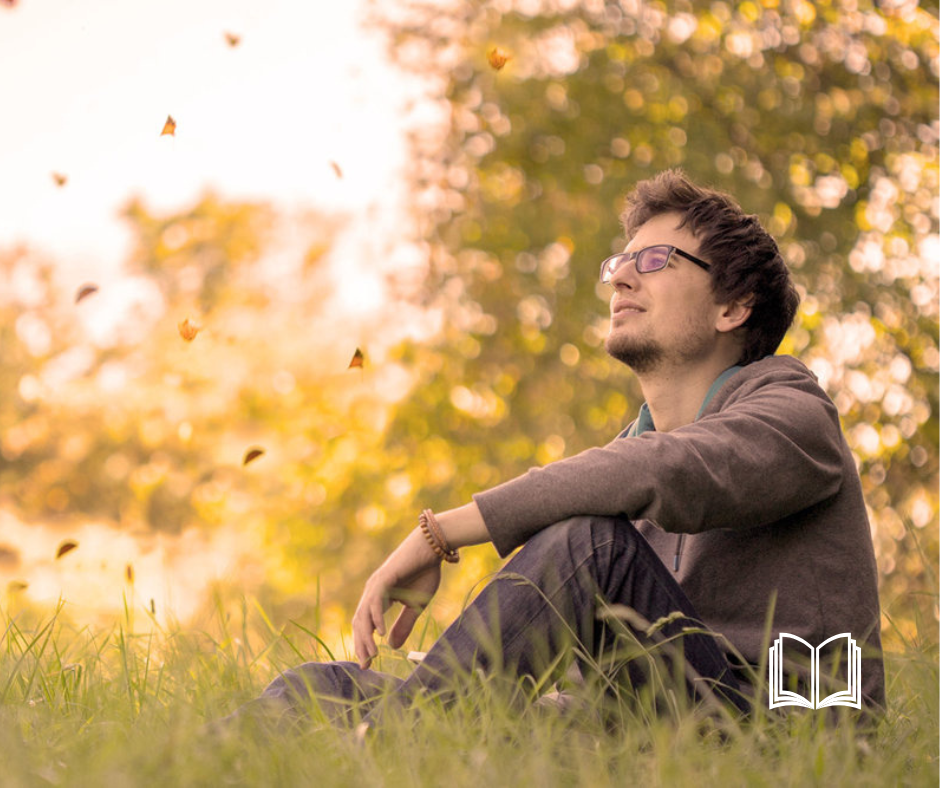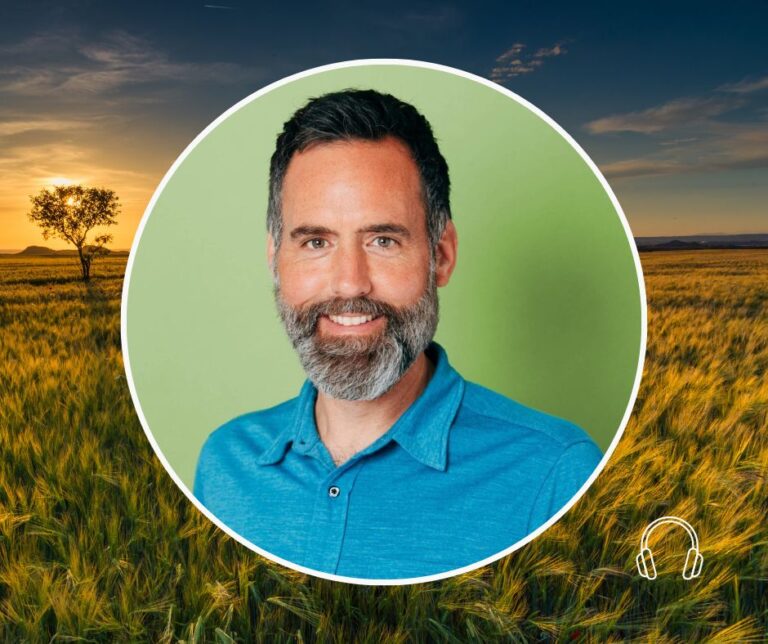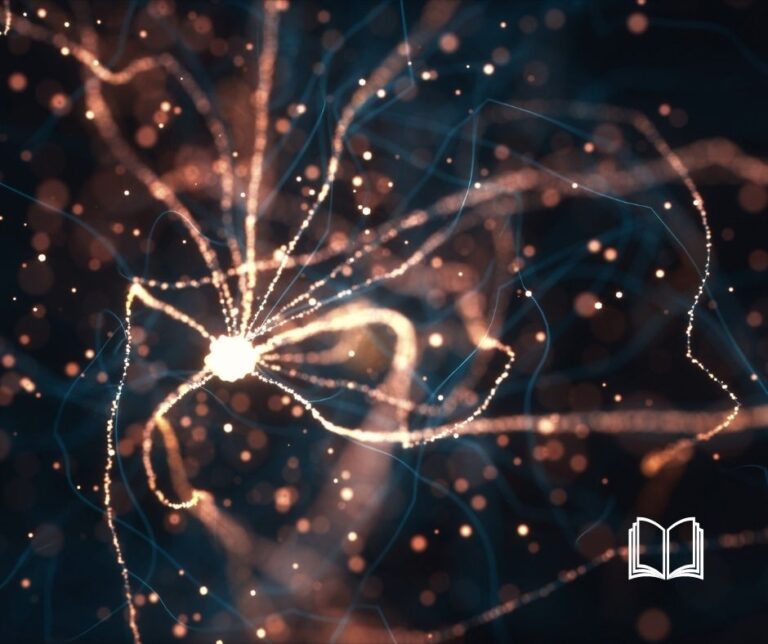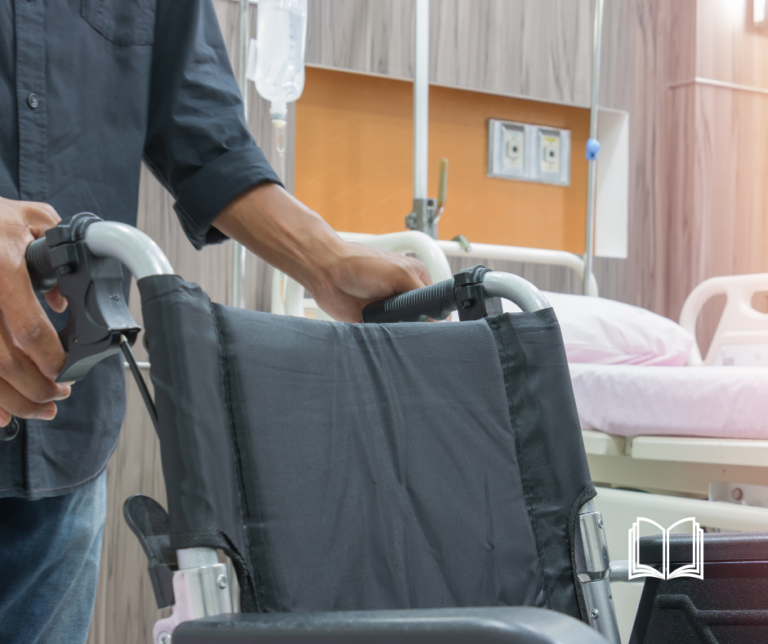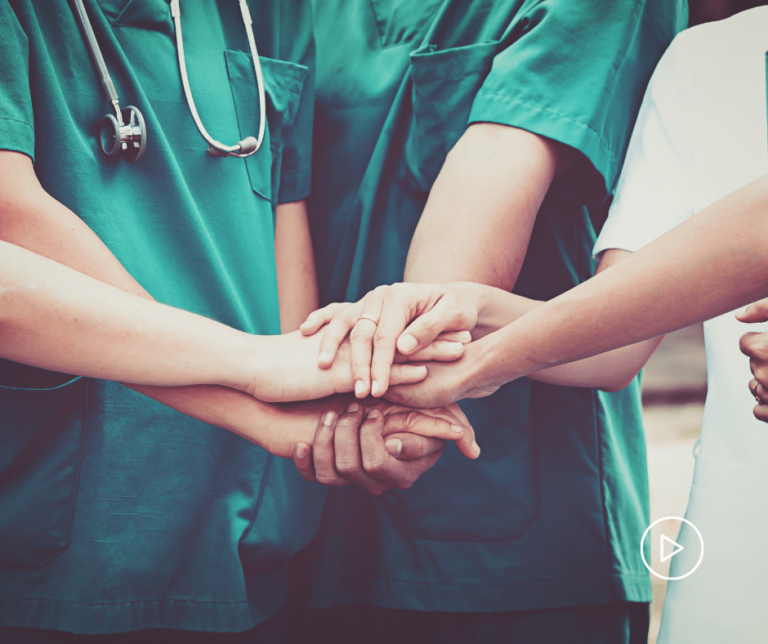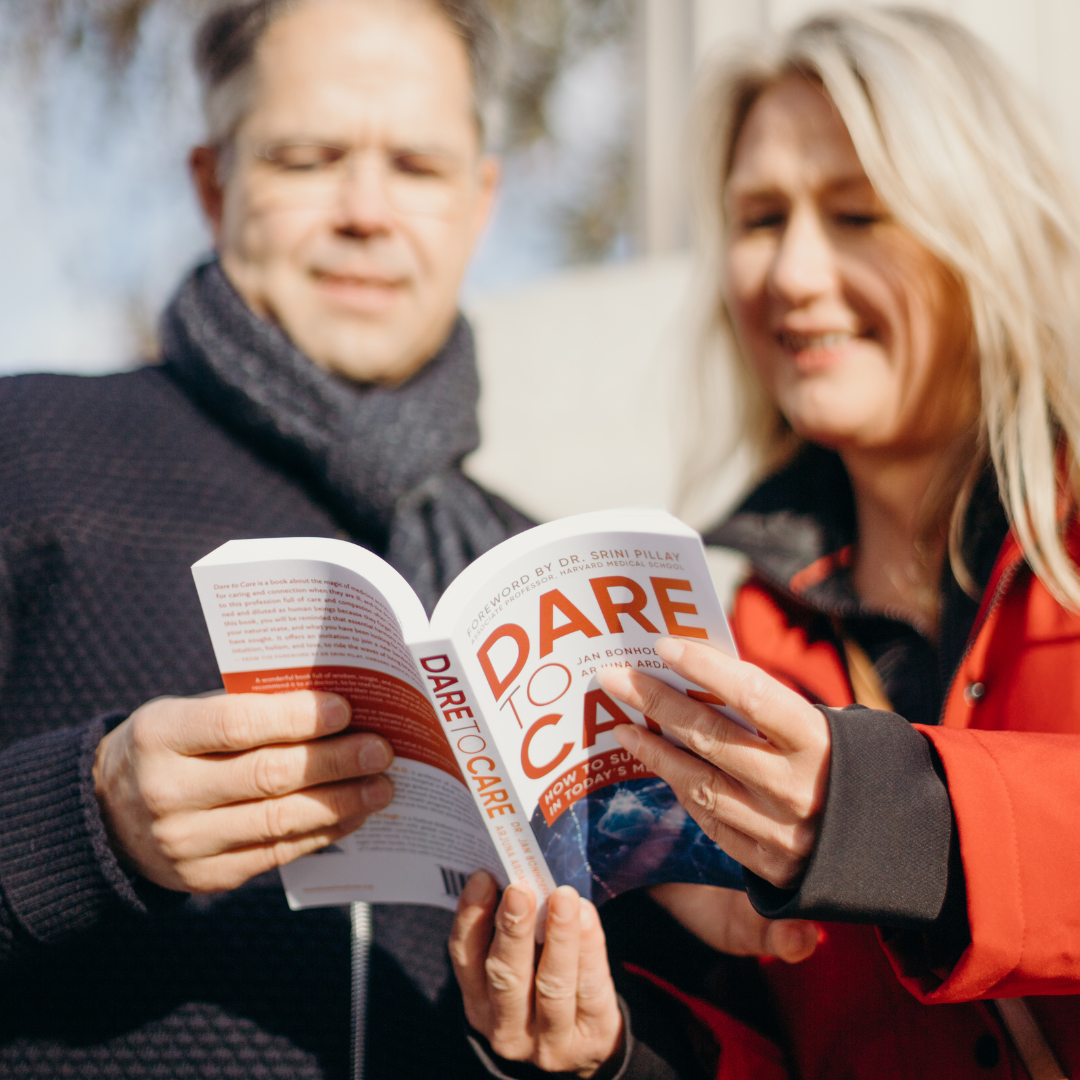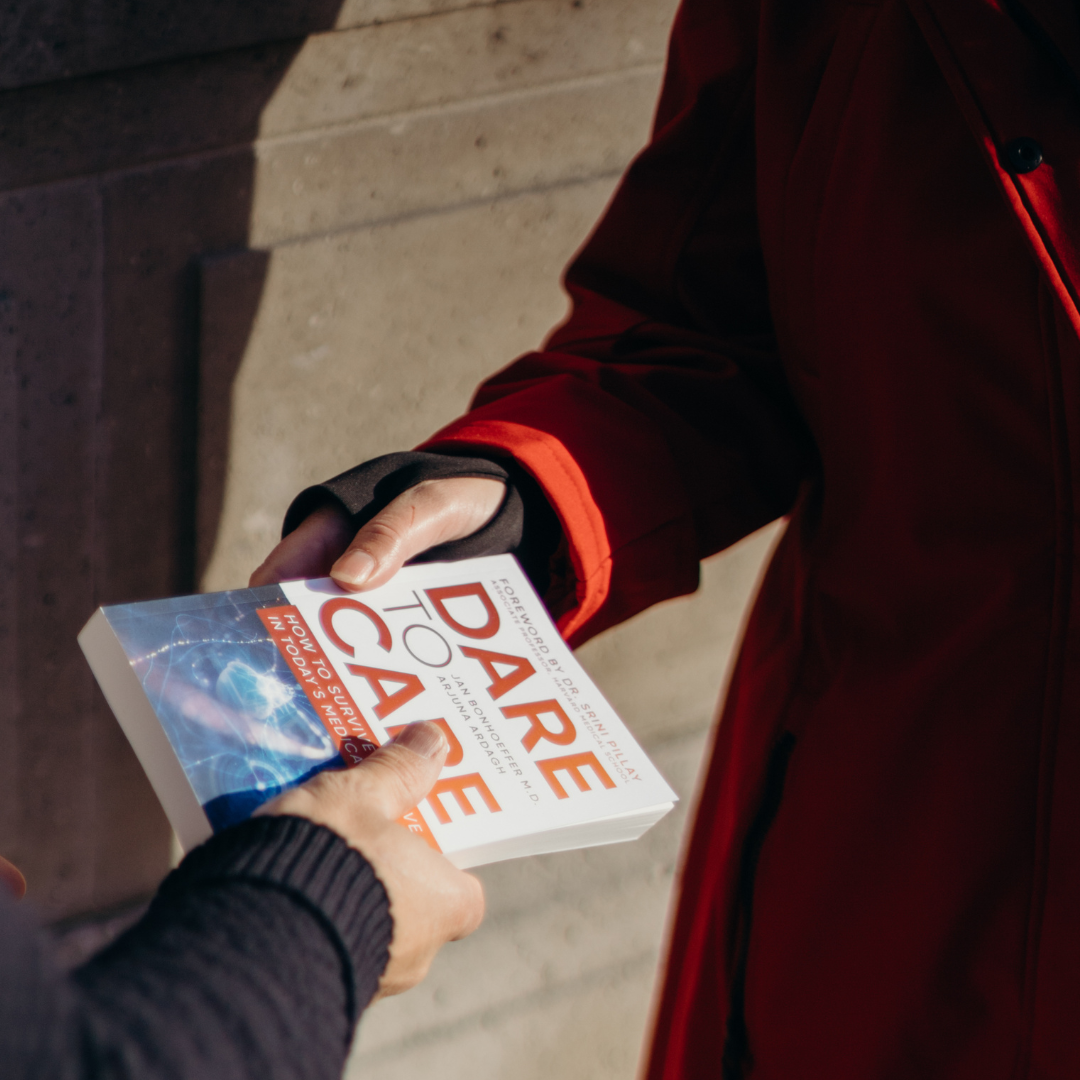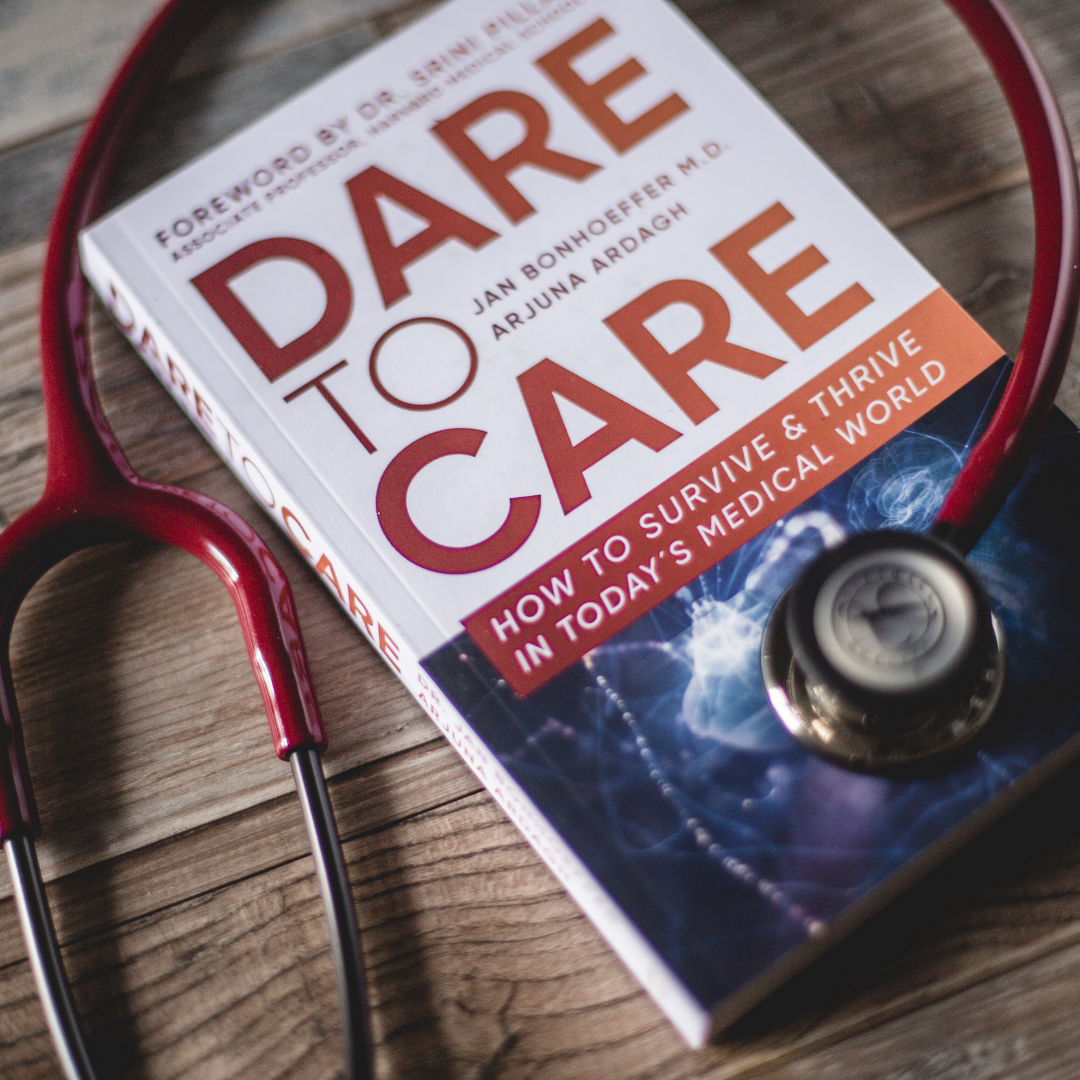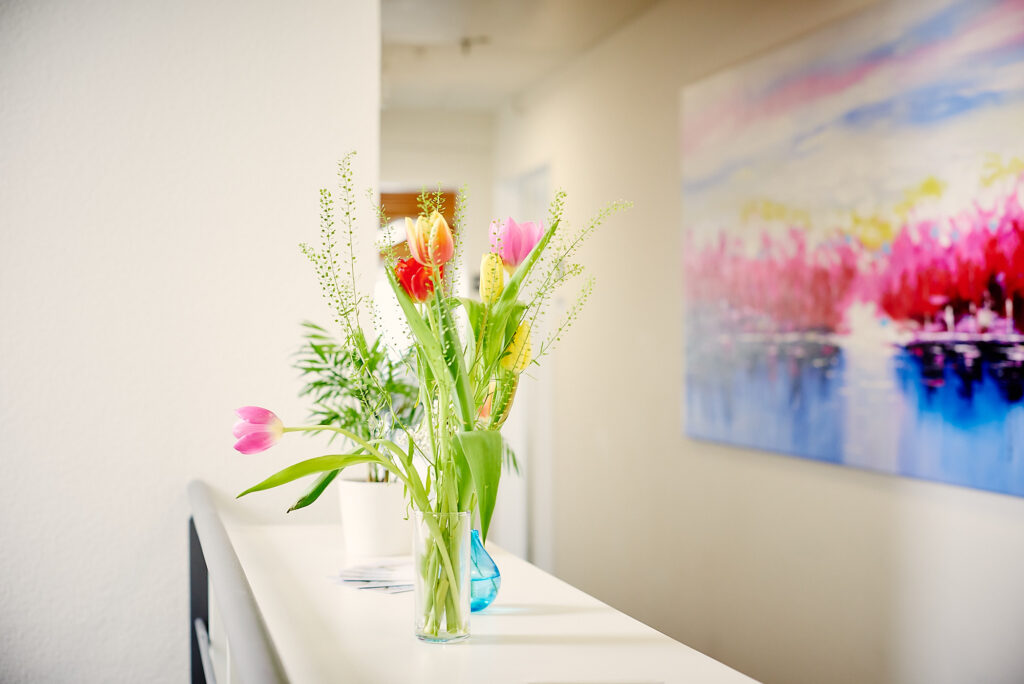“A loving heart is at the beginning of all knowledge.” — Thomas Carlyle
The day I signed up for medical school, I strode towards the University, gliding on invisible wings. I felt the sun on my skin and inhaled the crisp morning air like a nourishing breakfast.
Entering the building, I steered towards the chancellery like someone who already knew their way. Every cell of my body fizzed and tingled, the leaves in the courtyard dancing in the wind as the morning light bounced off the windows of the long corridor. It was like being ‘in the zone’ during sports.
I was 23 years young and a new phase of my life was about to begin.
I was following my calling.
Perhaps you can remember a similar experience, that moment when you realise you’ve already made a silent agreement to serve, to follow an intangible path?
I was determined to learn everything about the human body, mind and soul so that I could serve people well. Healing had always held a fascination for me, even as a small boy.
Aged just 7, I remember browsing through a folder where my parents stored all their passports and important documents, giggling at the photos of their younger selves. My eyes fell on a tiny leaflet and I asked my parents what it was. Smiling warmly my mother replied ‘It’s my first-aid certificate’.
That resonated with me and my desire to help people feel better sparked into life at that moment.
‘I want to learn this too!’ I declared. My mother was a professional actress, keen to nurture empathy, compassion and emotional exploration within her young son, so she took me along to the Red Cross ambulance hub the following week.
‘My son would like to take a first aid course. Is there one for kids?’ she asked a big, bold man in a white and orange uniform. He was very supportive of my decision but explained that I was a bit too small.
‘Why don’t you come back when you’re about 14 years old?’ he suggested. My little world collapsed around my ears. But there was no choice, I would have to be patient.
Meanwhile my father would spend countless hours satisfying my enquiring mind with science and observation. His favourite question was ‘What did you learn from this?’ as we took morning strolls together, identifying songbirds by their songs. Together we would conduct chemical experiments, surprised at our results. As we peered through the microscope and telescope, he would awaken me to the beauty of life’s creative expression.
Seven years later at the ripe old age of 14, I signed up for my first aid course which eventually led to a paramedic apprenticeship. I was still at school when I completed the full training, so had to spend all my weekends and holidays studying and even worked several nights during the week. It was a fascinating journey.
With over 2,000 hours of experience on the road as a paramedic I had seen far too many accidents and a great deal of trauma. Although I’d learned many techniques to save lives there was still a sense of longing inside, a yearning to understand and serve at a deeper level.
As I sat on the deck of the ambulance hub, reflecting on our mission the night before and remembering my admiration for the anesthetist who’d taken charge of the scene, the road ahead became clear. I would become an emergency physician.
During the following 6 years at medical school, this desire to learn was fully satisfied. More than two-thirds of my fellow students would fail before their final exams, so I was determined to get through. That meant countless hours of discussion, debate and study, memorizing thousands of pages from a huge stack of medical books.
During one histopathology lecture, I recall joy and awe bubbling up inside me as we admired nature’s beauty and witnessed miracles through our microscopes. I felt like a small boy again, and nudged my neighbour who was equally awestruck.
The harsh voice of our disgruntled professor blasted through the loudspeakers:
‘Quiet please, gentlemen. This is not a kindergarten. Some people are trying to study here.’
So much for life-inspired enthusiasm!
During our years of study, we learned that the main approaches to overcoming disease were a variety of drugs and surgical approaches. There was no course in how to promote health at the time. Even preventive health measures such as vaccines or the importance of clean water were not taught. And there was definitely no mention of love and compassion as part of the syllabus.
To the contrary, during medical school, what I learned was how NOT to take care of myself! How to ignore my needs, work crazy hours in stressful situations and perform under tremendous pressure.
Certainly, we acquired a lot of knowledge, but were we trained as healers?
During 18 years of work as a resident, fellow, attending specialist and researcher, I focused on scientific methods, standardization, public health statistics and evidence-based facts. If I actually made it home to rest, I went to bed so tired that I could barely remember what I’d done that day.
‘This is how you learn,’ was the mantra.
‘It’s all about hours on the ward and the number of patients you see,’ they made me believe.
Of course there is some truth to that, but there is a major price to pay. And the cost is not the leisure time or the friendships you sacrifice, it’s not the work-life balance.
It is the subtle flame of compassionate love, the access to our healing hearts and the consequences of gradually kindling or slowly suffocating this flame that burns inside every one of us.
Looking back, I believe that we would have benefited so much more from heart-based medical training that embraces the mastery of health as well as learning how to perform surgery and prescribe drugs. Not only would it convey a more complete picture of healthcare, but it would change the way healthcare is delivered today throughout the world.
Heart-based medicine is all about bridging that gap.
It seeks to enable an environment in which we can allow ourselves to be in loving presence with one another, where we can appreciate nature’s individual expression in every patient. It is about cultivating an inner disposition and awareness of each person as an intricate expression of life in all its beauty and complexity. It is about using everything we’ve learned and continue to learn as just one of many approaches to healing, including compassionate attention.
If you’re ready to rekindle the inner flame that first motivated you to set foot on this path to becoming a master of healing, join us.
The story above is based on personal experiences. Places and names are fictional.
